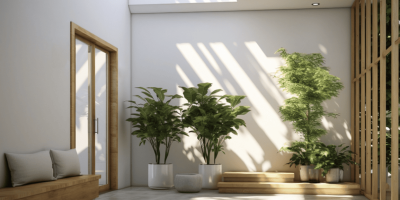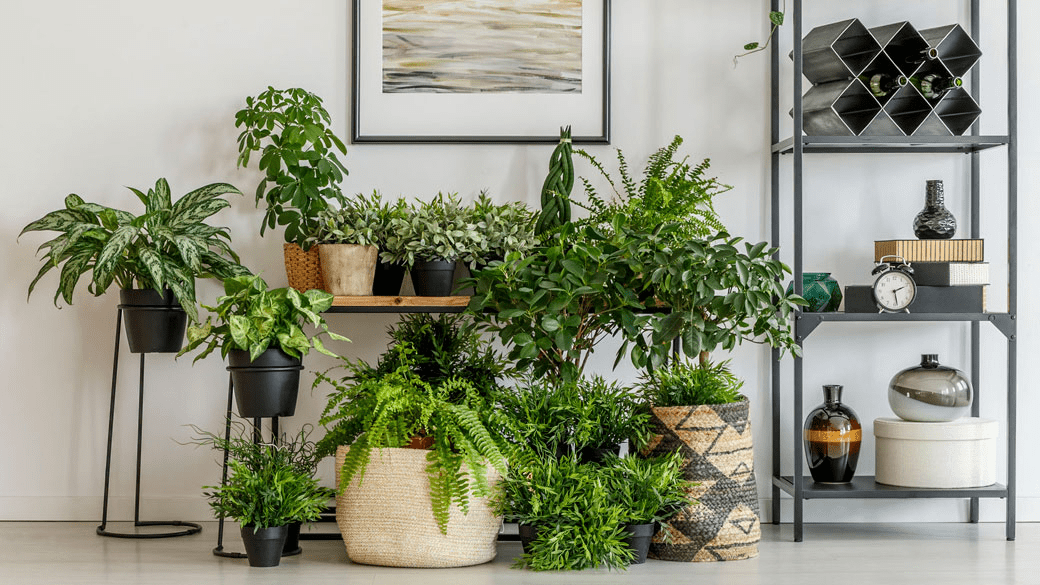
Growing up, I used to have tons of allergies. Pollen, dust, mould, everything you name it, I have it. Because of that, from a young age, I learnt about the importance of having good air quality in our homes. Something that people do not typically see as necessary, at least not in a long while. And yet, to a child who had flu symptoms every day of the year, having the opportunity to breathe in clean air is incomparable.
This is why when we go hiking or trekking in the deep wild, we try to savour the cool, crisp air of the wild and save it in our memories for safe-keeping. It is one of our joys. Smelling the musky, earthy scent and the warm fragrances of the wood, moss and bark while marvelling at the lush green flora. That experience is also second to none.
Well, what if we told you that it is possible to have toxin, dust, and germ-free air through natural and cost-effective ways. That it requires little to no planning and what’s more, it can beautify any space. We have listed the top plants every home should have for improved air quality.
English Ivy
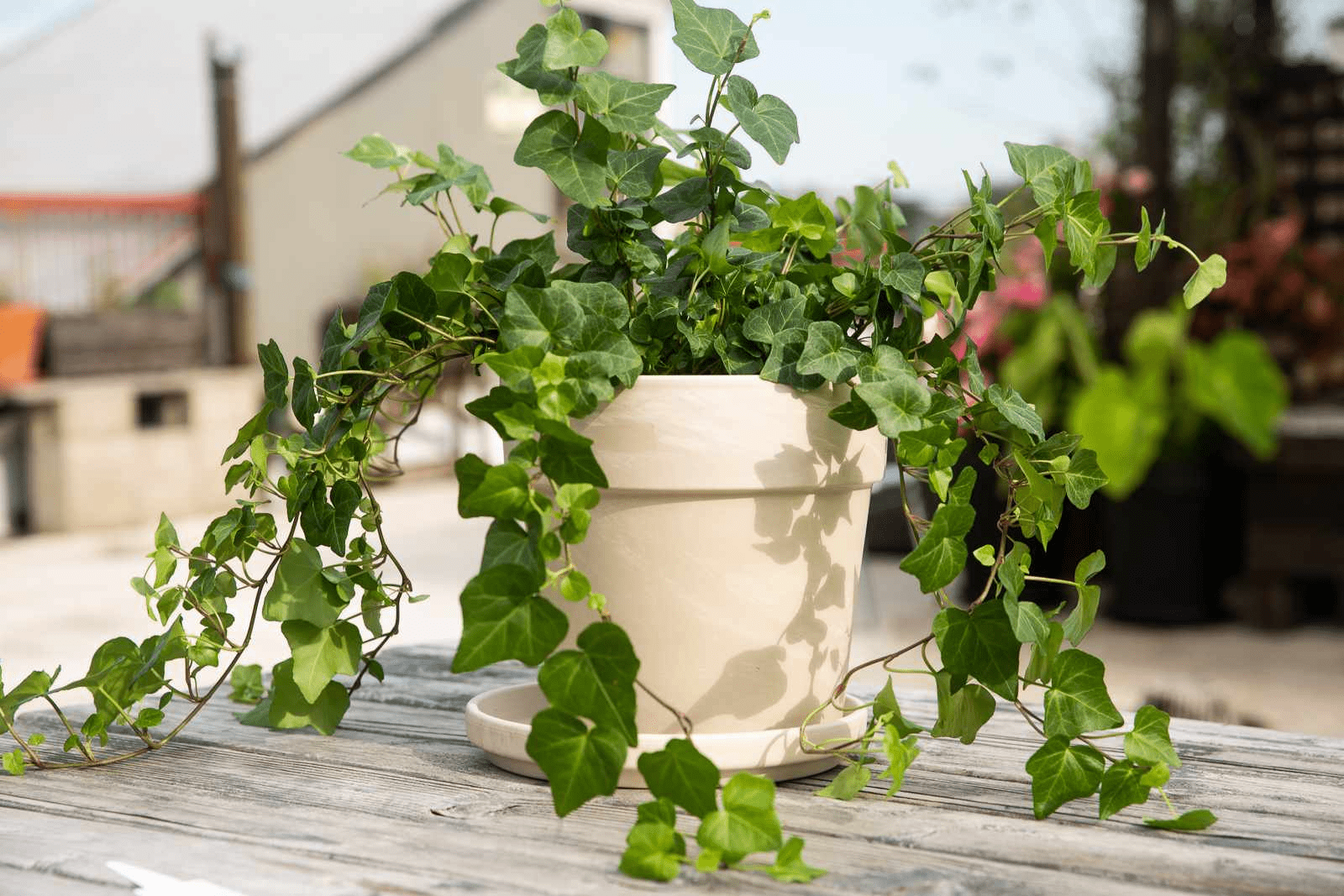
English Ivy is a non-problematic, easy-growing plant that is perfect for both indoors and outdoors. It has remarkable properties that can reduce airborne faecal matter (we know, gross!), making them essential for every bathroom. Studies have also shown that they are quite effective in fighting mould in your home, which makes us question why this isn’t common knowledge in every household!
Care Tips: English Ivy vines are little sun absorbers and will appreciate it if you give them at least four hours of indirect sunlight and lots of water; otherwise, they will get sick. You have to show them a lot of love so they can give you clean, fresh air!
Snake Plant
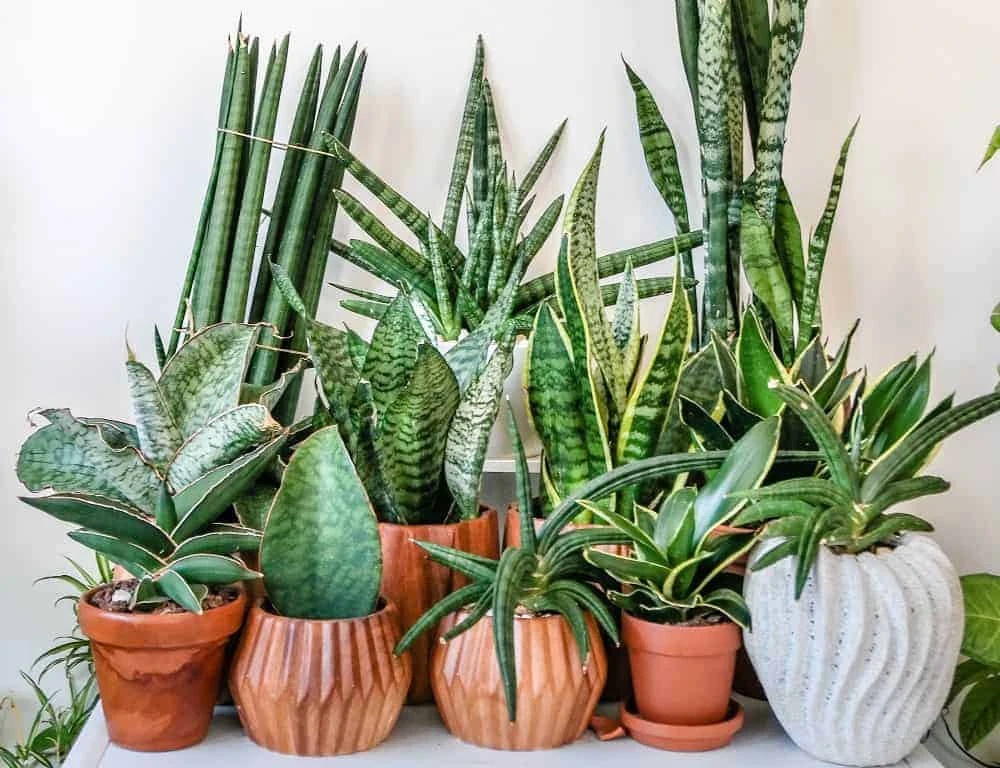
Also known as Mother-in-law’s tongue, snake plants are well known for their variegated, sword-tipped yellow leaves. These stunning plants deserve a place in your bedroom as they are one of the few plants that can convert carbon dioxide to oxygen at night, meaning you’re in for a good night’s rest.
We also love them because of their ability to absorb (in small quantities) cancer-causing pollutants, harmful toxins and defend you against airborne allergens. It’s as they say, not all heroes wear capes; others look like swords, fight like knights and live in beautiful terracotta pots. What more can you want?
Care Tip: Be mindful not to overwater them as their roots are most likely to rot in moist areas.
Chrysanthemum

Known for their beautiful blooms, we have never seen a flower as cheery as Mums. Apart from brightening a room with their vibrant petals, a NASA study classified chrysanthemums as one of the best air-purifying houseplants that can absorb most indoor pollutants like benzene and xylene, often found in plastics, detergents and glue.
In addition to that, they are also easy to care for, with a gazillion options to choose from. Can it seriously ever get better than this?
Care Tip: This plant loves to soak in the sun’s revitalising warmth (cause who doesn’t?), so be sure to place it near a sunbathed window.
Aloe vera
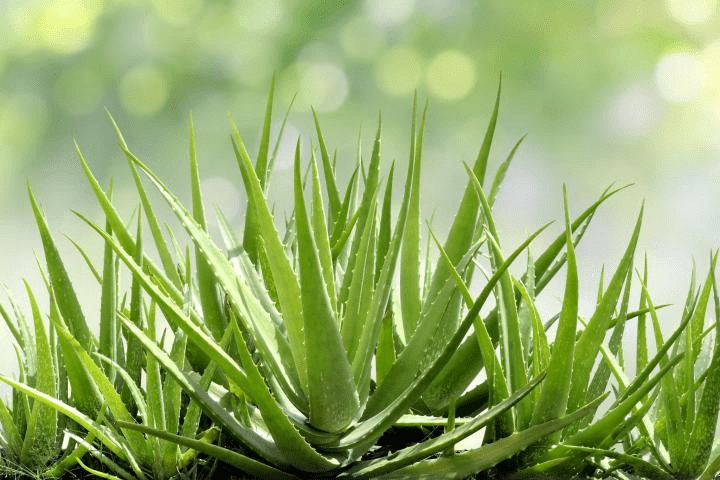
They look amazing, taste incredible, smell divine and feel good, especially when you have sunburn. Packed with remarkable nutrients and properties for everyday use, the question should be; what haven’t you done with aloe vera!
We could write a book and a half about why aloe vera is so incredible. Still, among its million properties, this succulent can purify your air by absorbing toxic chemicals like formaldehyde and benzene, found in cleaning detergents, floor finishes and varnishes.
They can be a lovely addition to your kitchen or any sunny spots around your home.
Care Tip: Water them deeply but not frequently. Don’t forget to give them a little sun time!
Broad lady palm
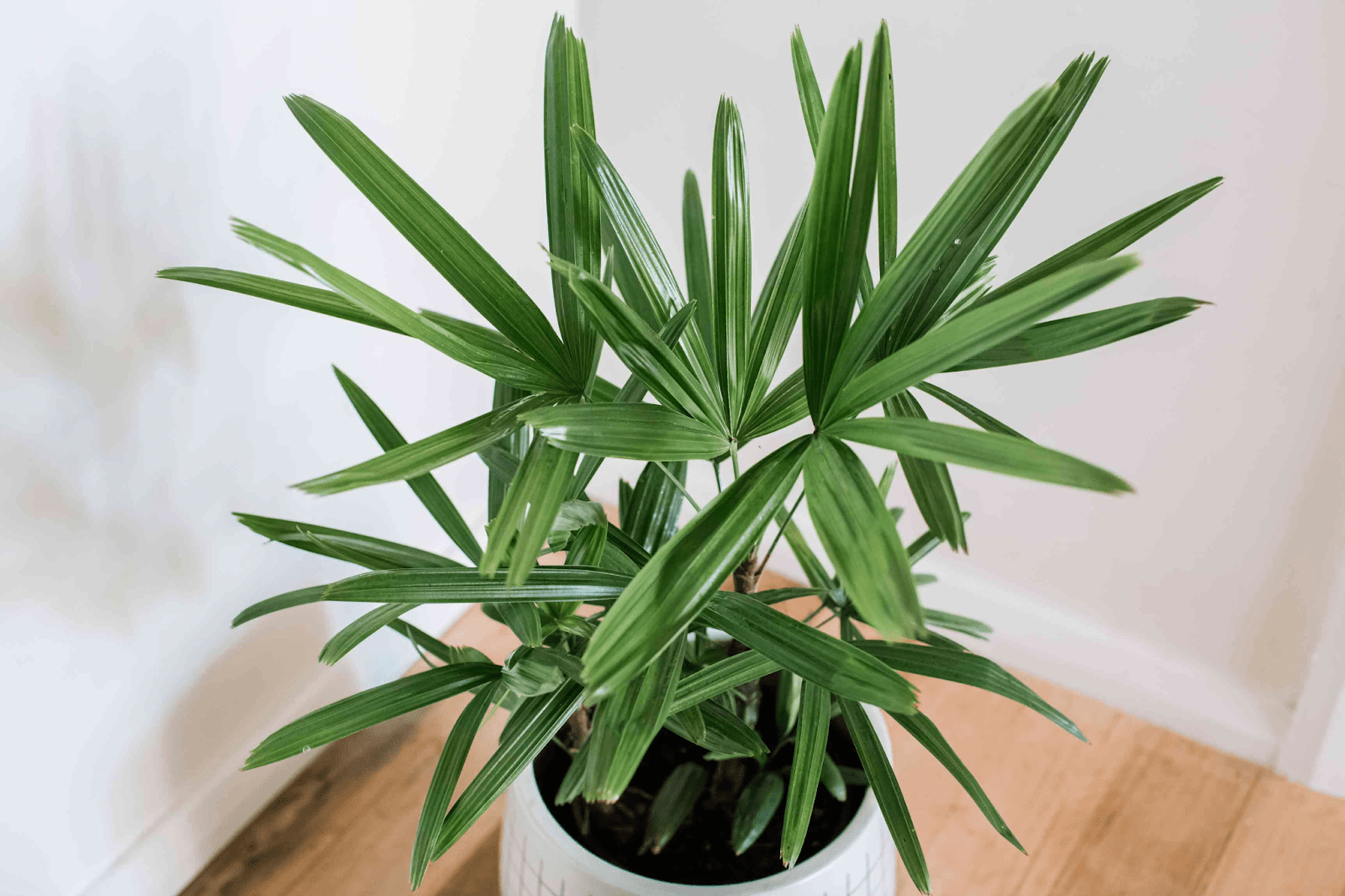
Native to China and Taiwan, the broad lady palm is one of the few plants that can reduce ammonia levels in a room found in a lot of cleaning agents. It is also one of the easiest house plants to grow, requiring minimum care, and in some cases, pruning might not be necessary.
They do, however, cost an arm and a leg to pay, so it is wise to buy them while they are smaller or, even better, start from a seed so you can fully appreciate the beauty in growth.
Care Tip: Lady palms thrive in humid areas making your bathroom the perfect place to house them.
Life-saving plants improve the air we breathe
Hippocrates, a famous Greek Physician, believed to be the “father of medicine”, once said, “The physician treats but nature heals.” That statement could never be more true as it highlights the importance of nature in our lives. While we lay cooped up in our homes because of the lockdown, we still deserve good quality airflow, so we have to revert back to nature. We can slowly make a difference and improve our overall health, one plant at a time.

